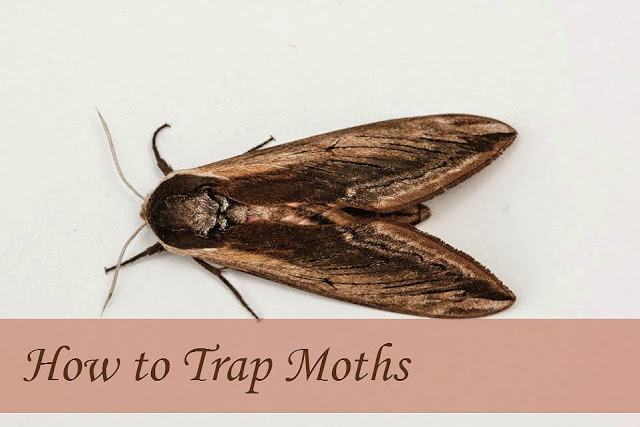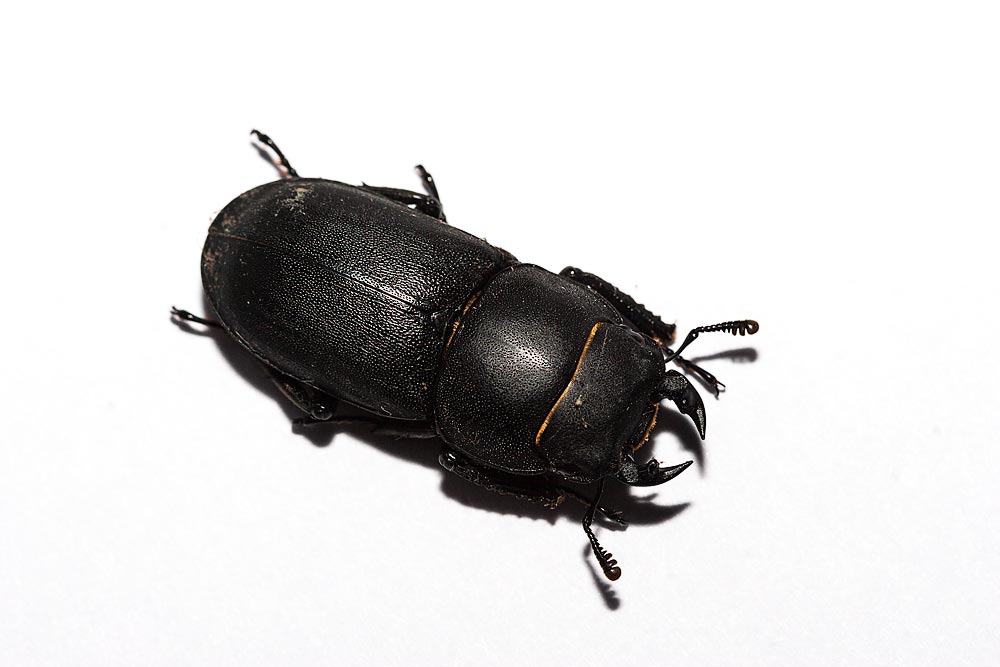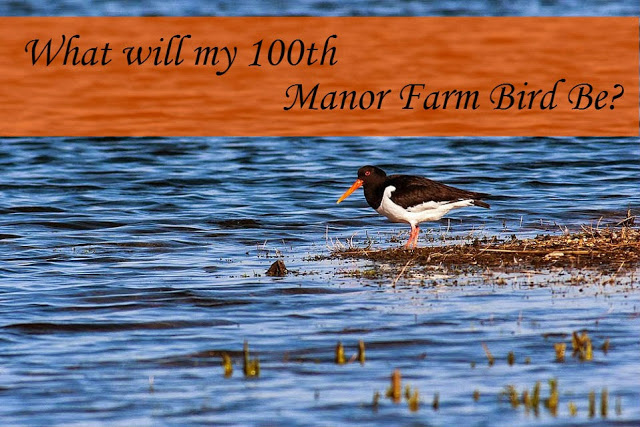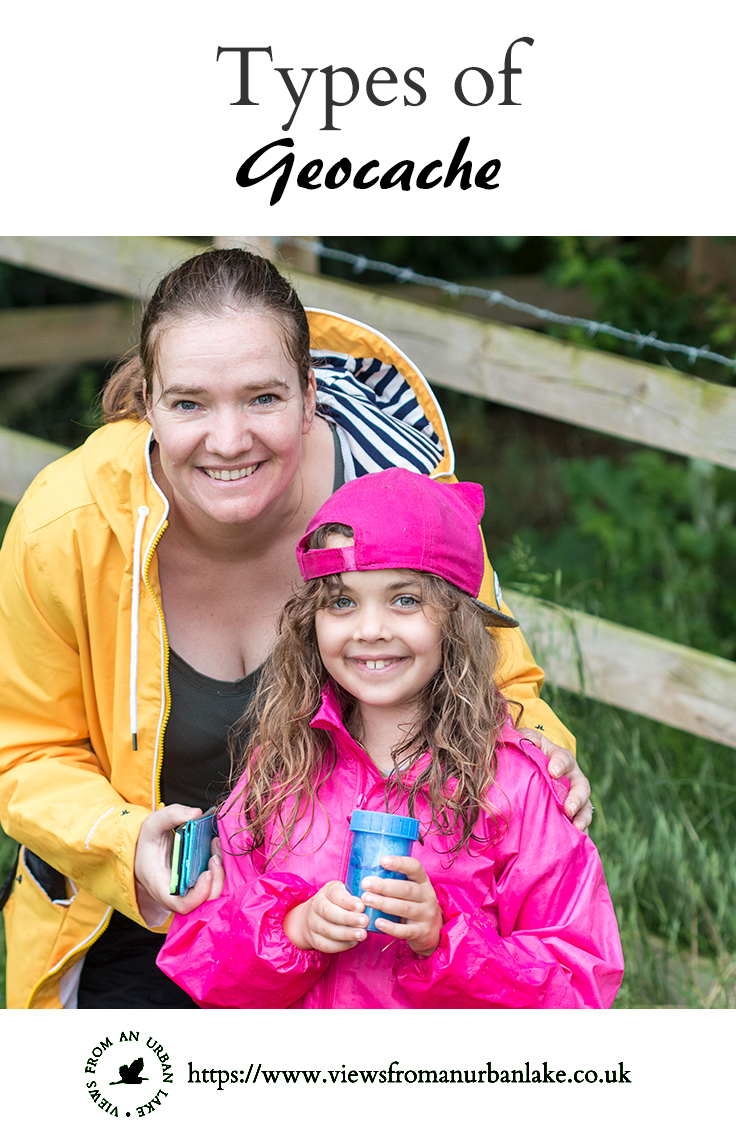How to Trap Moths

Moth trapping is a hobby that anyone can do in their back garden. It is an amazing way of getting close to nature in your own back yard. And I would almost guarantee you have no idea how many species of moth you could find in your garden! It is a brilliant way of getting close enough to study these fascinating insects and get some great Moth Photographs.
There are a number of different ways to trap moths and my aim here is to give a little insight into what to do, and when to do it. Describing various techniques and giving further insight to a recent post entitled A Little About Moths (please do click the link). Now please read on and learn a little about How to Trap Moths.
How to Trap Moths
First let me give you a little information on why I trap (and why many people do). There are literally thousands of moths that can be found in the UK, a vast number are Micro moths (these are the smaller species that can be as small as a few mm in size) but many are Macro Moths (these range in size up to 12-13 cm wingspans) which can be bright, colourful and amazing to see, however they are seriously under recorded.
We can all easily see Birds and Butterflies as they are seen flying around our gardens during daylight hours but many moths (not all) are nocturnal in nature and therefore require someone to actually hunt for them. The second reason is that they come to you! How great is that wildlife on your door step and you don’t have to search for it, as it will find you, or rather the traps you leave out. And there are plenty of them, my garden list is well over 200 and I haven’t been trapping with a decent set up for all that long.
 |
| Privet Hawkmoth (one of the largest UK Moths) – Milton Keynes |
How to Trap Moths Methods
There are several ways to record moths in and around your garden, some of them are cheap others are relatively expensive but they all work to one degree or another. The three main methods in brief are Wine Roping, Sugaring and Light Traps, I’ll explain each one further down.
 |
| Magpie Moth – Milton Keynes |
Wine Roping
Wine roping is an unusual sounding technique, and actually is an odd one, but it does work. The idea is to soak some rope (or more ideally string from a mop head, as it soaks up the liquid better) in a concoction of wine and syrup that you then hang from branches etc. in your garden, this then attracts the nectar feeding moths to your location.
Now I have never tried this but I believe it is a practice used by many lepidopterists in years gone by (early ones at that). The actual recipe is pretty simple you boil up some cheap red wine and melt in as much sugar/syrup as you can. You then leave the mixture to cool, before soaking you ropes for as long as possible before placing them out. This is a very cheap method (you can pick up cheap red wine for a few pounds and sugar for around the same, then keep the mixture for use more than once).
 |
| Elephant Hawkmoth in my daughters hand |
Sugaring
Sugaring is another cheap trapping method that was used before the advent of light traps, the process is again quite simple, you mix up a batch of sugary, sticky paste that you then paint onto trees, posts etc for the moths (again nectar drinking ones) to come and visit over night.
Again I have never used this method and there are many recipes out there to choose from (a Google search should help you find a decent one) but the idea is you mix a dark beer with lots of molasses or syrup along with over ripe fruit in a large pan until it becomes a thick sticky liquid.
For both the above techniques there are a few things to consider:
- Still, humid nights are going to give the best results.
- Using a white light to look at your ropes/painted areas will often disturb the moths so it is advised to use a red light.
- Take plenty of pots to collect the moths
 |
| Green Silverlines – Milton Keynes |
Light Traps
Light traps are by far the best way to trap. These are basically boxes with a sloping top (split in two) to funnel the moths into. With a bright light situated on the top. The box should be filled with egg boxes as somewhere for the moths to rest. You put the moth trap out over night with the light on, and the moths find their way in. In the morning you can then check your catch. It is best to “close” the trap off before dawn or you will lose moths. There are three main types of Light trap.
- Robinson Trap: Robinson traps are usually round with a funnel on the top, under the lamp that the moths can get into but find it hard to get out of. These traps are the best for retaining moths
- Heath Trap: Is similar to a robinson trap but usually square with veins around the lamp.
- Skinner Trap: Skinners are simple boxes with the lamp mounted in the middle(on a wooden baton) with two sloping side leading into the trap itself. They are very simple and do allow moths to escape more than other traps.I have this type of trap.
 |
| My trap in action |
All three types of trap can be bought (prices vary from £150 to £400). Or can be built if you have the technical know how.
Bulb
The bulb used in the trap can be a simple actinic type bulb with a decent UVA output. Never UVB it kills moths. These are not all that bright, typically like an energy efficient bulb you’d have in your home. I’m over simplifying. Or the can be a Mercury Vapour bulb. These are VERY bright powerful bulbs. Similar to those used in street lamps. So really are not advisable for small urban gardens (unless you have good neighbours).
For good advice on light traps take a look at the following pages: PWBELG or Anglian Lepidopterist Supplies they will give you some much better information than I could.
Sheet and Lamp
Another technique on how to trap moths, on a similar style to the above light traps, is a sheet and lamp. You can very easily, and quite cheaply, set up a white sheet in your garden and shine a bright light onto it. Which will attract moths in the same way. Thus allowing you to see moths. This does require a little effort but if you are just starting out is a great way to see a few moths.
 |
| Orange Swift – Milton Keynes |
Timings
Moths can be seen all throughout the year, and in all weather, this includes winter when it snows, however the best months are June, July & August when there are most moths on the wing (those months can easily see catches of over 100 moths, often many hundreds can be trapped!). One thing you should not be disappointed by is if you do not catch on your first attempts. Or if you have nights with no moths. It happens to us all sometimes.
I hope this gives you a brief idea as to what moth trapping is all about. And how to go about it. If you’d like to find out more, many places hold trapping nights where the public can come along and witness experts trapping. With them showing you what they have caught.
Other Creatures
It should be noted that it won’t just be moths that you find in your trapping. I have had numerous ladybirds; Lesser Stag Beetle; Slender Ground Hopper; Dragonflies; and even water boatmen (actually twice in good numbers). And you WILL get wasps, which is a shame as they do eat moths.
It can be really exciting at times opening your trap up.
 |
| Lesser Stag Beetle – Milton Keynes |
Final Words on How to Trap Moths
Let me make one thing clear here I do not harm the moths I trap. I catch them and then let them go the next evening, as should you. There are some species that can only be fully identified by dissection but this is not something I partake in.
 |
| Blood Vein – Milton Keynes |
Did you enjoy How to Trap Moths? Or find it useful? Then please do share it with your friends using the links below.





3 Comments
Yvy
Thank you, this is a great help. 🙂
Janet
How should i release moths in the evening? Just leave the lid of the light trap open or try to encourage them out?
Ashley Beolens
That is usually the best way yes, always worth altering the position of release as well, or predators can become accustomed to the location.